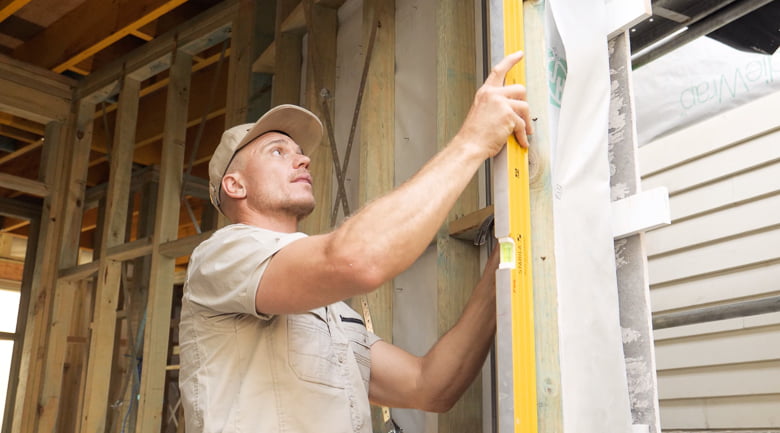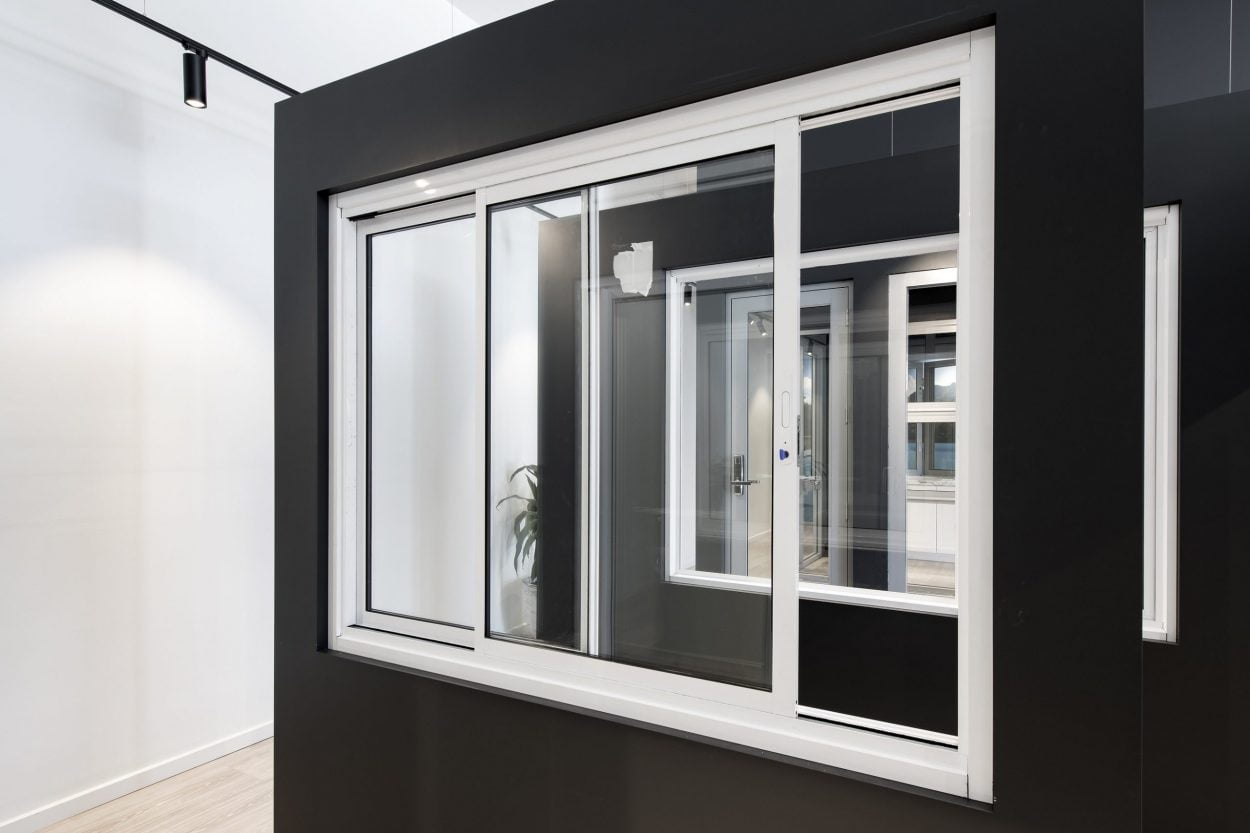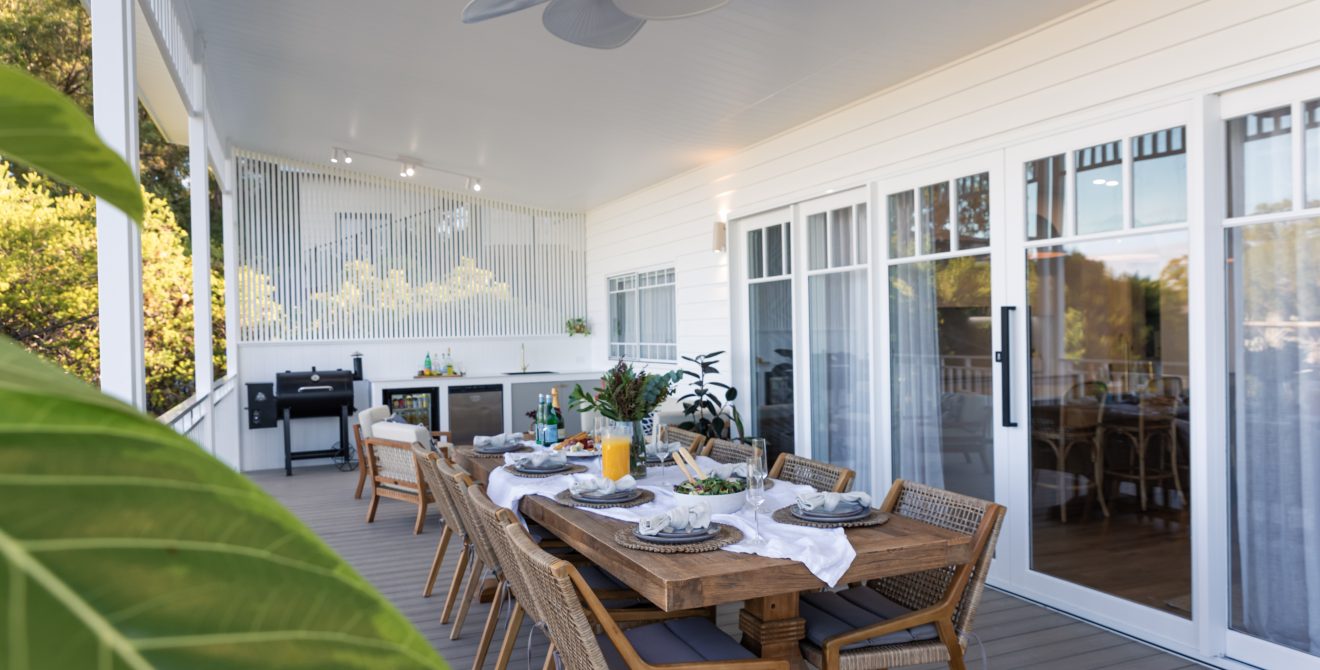
There are lots of window styles around these days, right?
We’ve picked two of our most popular and lined them up, side-by-side to show you how they compare.
Before we look at their differences, let’s look at their similarities:
The truth is both casement and double hung windows do an excellent job at making the most of your view and allowing in fresh breezes, and natural light. Biophilics love them!
Both can be glazed with a wide range of options. But choose wisely, your choice of glass can have a significant impact on the comfort, energy efficiency, and overall look and feel of your home.
When it comes to frame styles, the good news is that Wideline aluminium and timber ranges both offer casement and double hung options. Beyond this, both window styles have unique benefits.
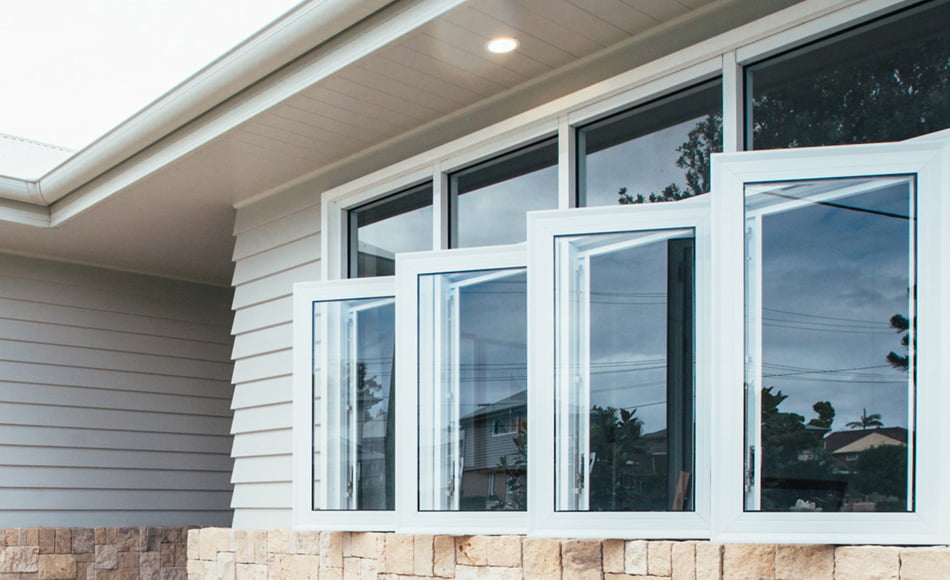
Kyal & Kara: Casement Windows and highlight windows in Pearl White, Long Jetty Reno
Casement windows
Casement windows are like picture frames. They have a single sash, or frame, that holds the glass in place. So, unlike a double hung window, there’s no horizontal sash to obscure your view.
These windows are just great for tricky-to-reach spaces, and rooms that need ventilation, like bathrooms, kitchens and family rooms.
Install them above your kitchen bench or sink – if there is a countertop to negotiate, you’ll find winding a handle much easier than pushing a sash up and down.
Crank handles only need one hand to operate. Which is very handy if you have difficulties lifting or sliding windows. It makes casement windows a better choice than double hung windows for people with a disability or limited mobility.
When considering casements, you also need to think about what’s outside – they need a bit of free space. Don’t have them intruding into tight areas like small decks or impeding walkways or bashing into your prize shrubbery.
If energy efficiency is important to you, casement windows are the go. They and their sister Awning Windows are the second most weather tight choice after Fixed Windows. When closed, the sash meets the full perimeter seal straight on, creating a weather tight bond that reduces air leaks. This helps cut heating and cooling costs and makes your home feel much more comfortable.
Locate your casement windows on walls that catch prevailing winds. Then you can hinge them and angle them to catch the breeze like the sail on a boat and redirect it into your home. Just make sure any adjacent windows are all hinged on the same edge, otherwise they might clash into each other.
If you want insect screens, they can be fitted on the interior face of the window. When it comes to cleaning, you’ll appreciate being able to take them off inside your home.
Wideline has matching removable insect screens for the Paragon aluminium and Natura timber range casements that won’t hamper the window’s operation. They come in a range of mesh types including aluminium and stainless-steel mesh for bush fire zones.
Paragon casement windows are available with SafeLine™ Fall Protection Screens. These days you don’t have to reduce the opening of your window with a restrictor. The strong Dacron polyester mesh in SafeLine™ Screens allows you to fully open your windows as you normally would without risk to your family or pets.
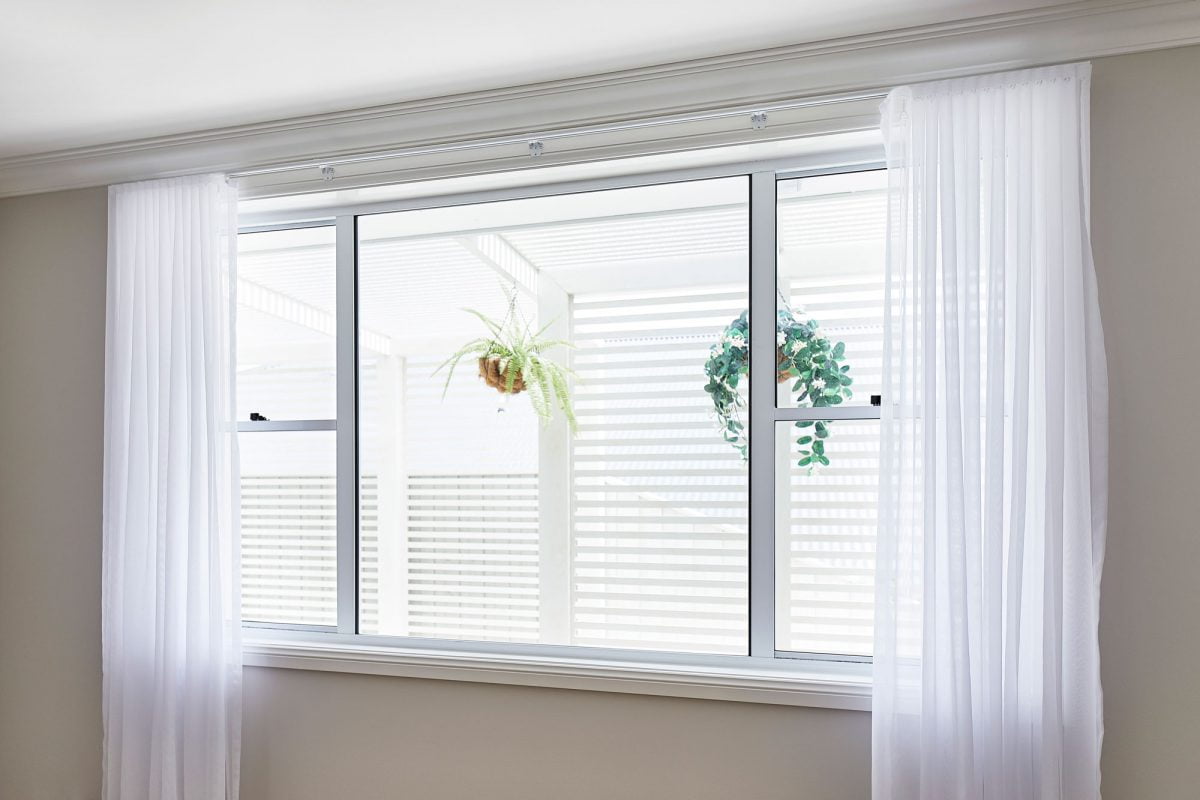
Horizon double hung window in Pearl White
Double Hung Windows
Double hung windows are a popular choice for most styles of home. It’s really down to personal taste, but generally they are thought of as classic and traditional. Casement windows can be considered more contemporary.
Double hung windows have two window sashes, an upper and a lower one. They slide vertically, one over the other along tracks inside the same frame.
This means there are always horizontal sashes across your window. It’s not a big deal, but they may interrupt your view and slightly reduce the amount of light entering your home. On the upside, the sashes remain flush with the wall when the window is open, so they’re a great choice on walls facing tight spots like walkways and smaller decks.
Unlike casement windows, double hung windows can only ever open to half their total frame area because the sashes slide up and down over each other. Fortunately, this also means that the sashes can be opened independently of each other to encourage air movement and cross ventilation breezes.
Cross ventilation works best when a window exposed to the wind is open at the bottom, and a window on the opposite side of the room is open at the top. Warm stale air gathered under your ceiling is pushed out and replaced with cooler fresh air from outside.
Even if you only have one window in your room, you can open both the bottom and the top sashes. Cool air will stream in through the lower opening, while hot air zips out the top. Closing the lower sash and leaving the upper sash open for ventilation also makes double hung windows safer for children and pets.
Sash window technology has improved drastically. Wideline double hung windows incorporate a unique balance mechanism that makes opening and closing the window a dream. Weatherproofing has improved too, with full perimeter sash seals and deep weather-proof pile lining the guides.
Paragon double hung windows and casements can be fitted with exterior insect screens, including SecureLine™ security screens. Made from 316 Marine grade stainless steel mesh, they offer superior security and unobstructed views.
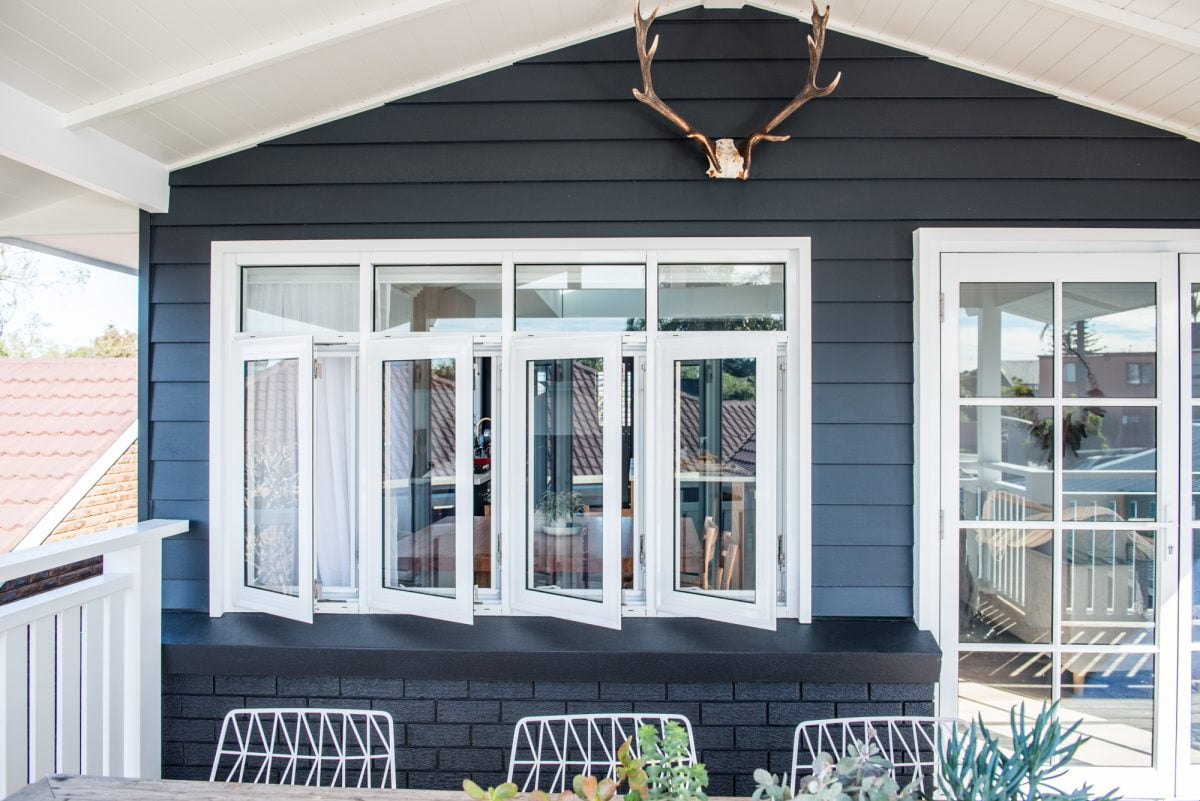
Kyal & Kara: Paragon casement windows with highlight windows and french doors in Pearl White, Toowoon Bay Reno
It’s plain to see, casement and double hung windows are both excellent choices. The question isn’t which is better, it is which one suits your home and lifestyle best?
If the decision still seems daunting, contact Wideline for a free consultation, and we’ll help you decide. Call 1300 943 354 or visit one of our Showrooms.
